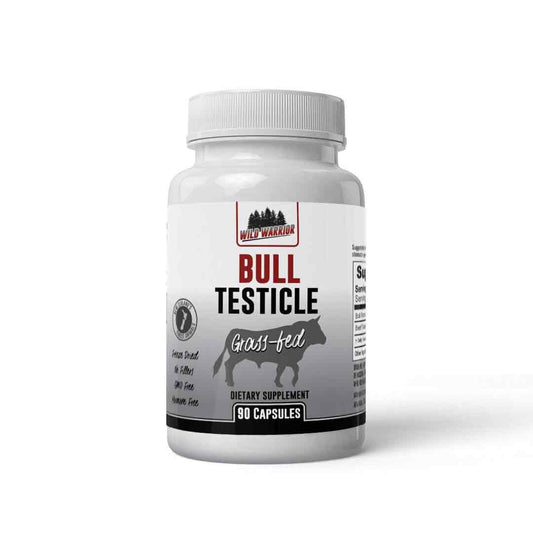A lot of people spend hours in the gym chasing bigger arms, a thicker chest, or Instagram-worthy abs. But do most of them know what rhomboids are? Honestly, probably not. The rhomboids—the muscles that connect your shoulder blades to your spine—might not be flashy, but they are vital for keeping your upper body balanced and injury-free.
If you skip rhomboid training, you’re essentially setting yourself up for bad posture, shoulder issues, and the long-term disappointment of looking like a hunched T-Rex whenever you reach for your water bottle. Trust me, that’s not the kind of dinosaur you want to channel.
Why You Need to Care About Your Rhomboids
Before you roll your eyes and say, “Muscles are muscles; why should I care about this one specifically?” allow me to explain. Your rhomboid muscles (major and minor) are located between your shoulder blades (scapula) and your spine. They’re responsible for pulling your shoulder blades together (scapular retraction), stabilizing your shoulders, and keeping your posture in check.
Bad rhomboids? Bad posture and shoulders that feel like they’re held together with chewing gum and duct tape. Over time, weak rhomboids can lead to rotator cuff injuries, shoulder impingements, and even neck pain.
Strong rhomboids, on the other hand, give you that confident, “I can take on anything” posture. They also help your pressing movements by creating a stable base for your shoulders. Your rhomboids are the unsung heroes of nearly every pulling motion, from deadlifts to pull-ups. Ignore them at your peril.
The Best Rhomboid Exercises You Need in Your Workouts
Ok, enough talk. If I’ve convinced you to start paying attention to your rhomboids (and you really should if you want a pain-free upper body), here are the best exercises to add to your workout routine.
1. Barbell Rows
Rows are the king of rhomboid exercises. They work your lats, traps, and rear delts too, but your rhomboids have to fire like crazy to retract your shoulder blades during every rep.
How to Do It
- Grab a barbell with a grip slightly wider than shoulder-width.
- Bend at the hips, keeping your back flat and chest up.
- Pull the barbell toward your belly button, squeezing your shoulder blades together at the top. Lower with control.
Pro-Tip: If you want to focus even more on the rhomboids, try a reverse-grip (palms facing up) or T-bar rows. And for heaven’s sake, stop yanking the weight like you’re starting a lawnmower. Slow and controlled.
2. Face Pulls
This exercise is as fun as it is beneficial. Face pulls target your rhomboids, rear delts, and traps all at once. Plus, they’re phenomenal for improving your posture and counteracting all those hours spent hunched over a computer or phone.
How to Do It
- Attach a rope to a cable machine at chest height. Grab the ends of the rope with an overhand grip.
- Step back and pull the rope toward your face while externally rotating your shoulders (imagine making a “scarecrow” shape with your arms). Squeeze your shoulder blades together at the top.
Pro-Tip: Keep the movement slow and controlled. If your shoulders don’t feel like they’re working harder than a coffee shop during finals week, you’re probably rushing it or using too much weight.
3. Reverse Flyes
Reverse flyes are another staple for targeting the rhomboids. While they might not look as hardcore as barbell rows, they’re excellent for isolating those smaller upper back muscles.
How to Do It
- Hold a pair of dumbbells and bend forward at the hips until your torso is almost parallel to the ground.
- With your arms slightly bent, lift the dumbbells out to the side, squeezing your shoulder blades together at the top. Lower them back down slowly.
Pro-Tip: Don't turn this into a swinging competition. Use light weights and focus on strict form—you’ll feel your rhomboids light up in no time.
4. Shrugs with a Twist
While regular shrugs are great for your traps, a slight tweak can work your rhomboids too. When performing shrugs, think of retracting your shoulder blades in addition to shrugging.
How to Do It
- Grab some dumbbells or a barbell and stand tall.
- Shrug your shoulders up while simultaneously retracting your scapula. Lower slowly.
5. Chest-Supported Rows
These are the gentler cousin of barbell rows—your lower back gets a break, but your rhomboids don’t.
How to Do It
- Lie chest-down on an incline bench, holding a pair of dumbbells.
- Row the dumbbells toward your chest, squeezing your shoulder blades together at the top.
Pro-Tip: Ah, yes, that satisfying squeeze. If you don’t feel your rhomboids in action, check your range of motion or lighten the load. Hold the contracted (top) position of the lift as long as you can. Ideally, hold this position for 2-3 seconds before lowering the weight.
Final Thoughts
The rhomboids may not be glamorous, but neglecting them is a surefire way to wreck your posture and invite injury. Whether you’re a bodybuilder, CrossFitter, or someone just trying to make it through the day without neck pain, rhomboid training is non-negotiable.
Throw in exercises like rows, face pulls, and reverse flyes, and your upper back will thank you soon. Because at the end of the day, walking around with a straight spine and bulletproof shoulders feels a heck of a lot cooler than skipping rhomboids just to squeeze in another set of bicep curls.
Sources:
McGill, Stuart. Ultimate Back Fitness and Performance. Wabuno Publishers, 2021.
Contreras, Bret. "Back Training for Posture Improvement." T-Nation.





